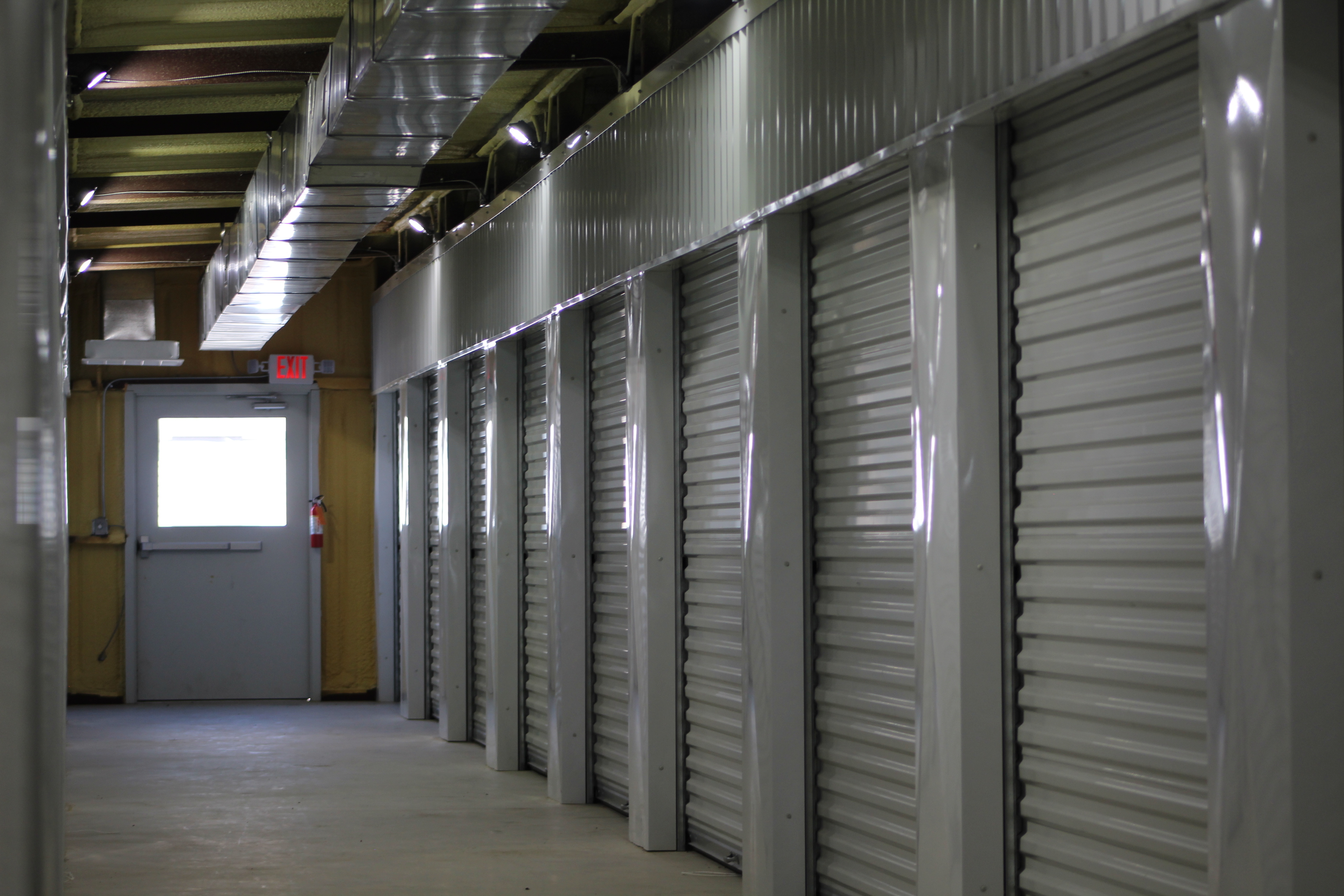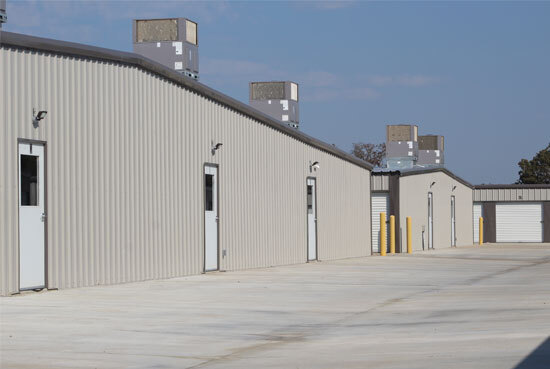
When you are storing household goods, business items, or even a vehicle, the most common question is: “What size storage unit do I need?”
Legend Secured Storage’s self storage unit size guide helps you discover exactly that.
This guide helps you learn about typical storage unit sizes, how to estimate your space requirement, and practical self storage tips to get the most from your rented storage unit. This storage unit size guide also helps you avoid overpaying too!
Selecting the correct size is critical!
Too small, and your items won’t fit; too large, and you’ll waste money. Choosing the right storage unit is easy once you understand how. Once you understand how; you can accommodate all your belongings in a small space and save a lot of money in rents. A good self storage facility sizes guide helps you match your belongings to storage space efficiently. This blog offers you a more usable, step‑by‑step tool to decide how much space you truly need.

Below is a breakdown of typical storage unit sizes and what they can hold. Use this as a baseline to estimate how much space you’ll need.
| Unit Size | Square Feet | Approx. Cubic Feet | What Fits |
|---|---|---|---|
| 10′ × 10′ storage unit | 100 sq. ft | Approx. 800 cu. ft | 2-bedroom apt or several rooms of furniture |
| 10′ × 15′ storage unit | 150 sq. ft | Approx. 1,200 cu. ft | 3–4 rooms worth of belongings |
| 10′ × 20′ storage unit | 200 sq. ft | Approx. 1,600 cu. ft | A small house, or a car plus some boxes |
| 10′ × 25′ storage unit | 250 sq. ft | Approx. 2,000 cu. ft | Larger home contents, small RV or boat gear |
Estimating your storage space accurately helps you save money and avoid the hassle of upgrading later. Follow these simple steps to determine how much space you need:
Once you know why do you need a self storage unit, the next step is to check for the right features that match your needs. Here are some important factors to consider:
Contact us and book your self storage unit today!
Possibly, if the door height, width, and unit length accommodate the vehicle. But often you’ll need a drive-through or vehicle-designated unit.
The most commonly rented size is 10×10 due to its versatility — it fits a couple of rooms’ worth of items and offers a great balance between cost and capacity.
Many storage facilities, including ours, allow you to upgrade to a larger unit mid-rental if your storage needs increase.
They don’t require extra space but generally cost more per square foot. However, for climate-sensitive items like books, electronics, or fabrics, they’re well worth it.
That depends on your unit’s ceiling height (often 8 feet). Always leave an aisle, stack boxes evenly, and avoid unstable or overhanging piles.